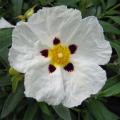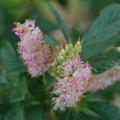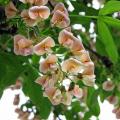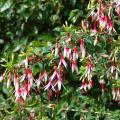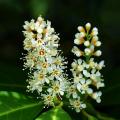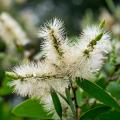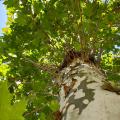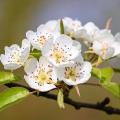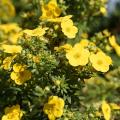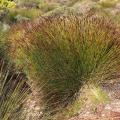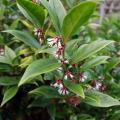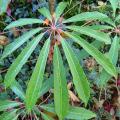Dicksonia
Would this plant suit my garden? Set up your Plantfit profile →
Available in 4 sizes
Available in 1 sizes
Available in 1 sizes
The Dicksonia is a tree fern mainly known as Dicksonia antarctica, a robust species native to Tasmania.
The Dicksonia genus belongs to the Dicksoniaceae family, it includes about 25 evergreen species such as Dicksonia fibrosa, semi-evergreen (Dicksonia squarrosa) or deciduous. This plant, with its exotic appearance, resembles a palm tree: it forms a trunk covered with fibrous roots and foliar scars that resembles a trunk, topped with a crown of long, more or less arched and pinnate fronds.
Depending on the species, the plant measures between 1 m (3ft) and 15 m (49ft) in height, its size remaining much more modest when cultivated in our climates. In nature, Dicksonia are found in the mountain forests of temperate and tropical regions of Southeast Asia, Australasia and South America. They are plants sensitive to cold, but also to heat and dry air. Outside of the most sheltered gardens on the Atlantic coast, they are grown in large pots to protect them from frost during winter.
Haven't found what you were looking for?



























































































